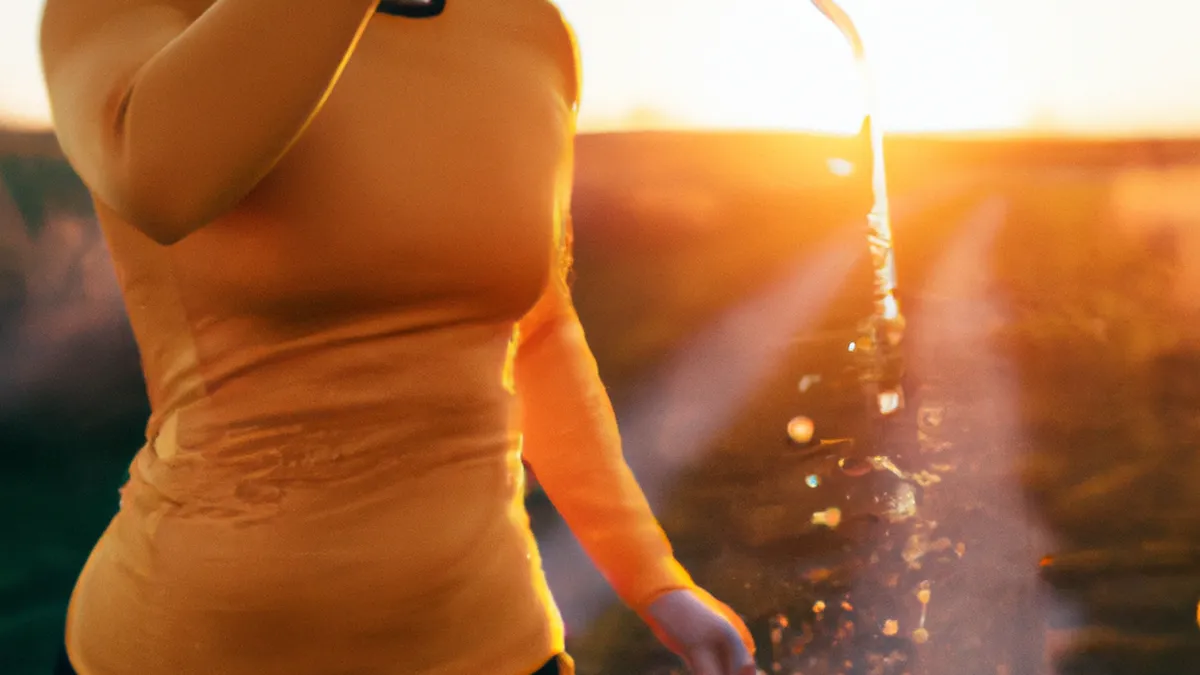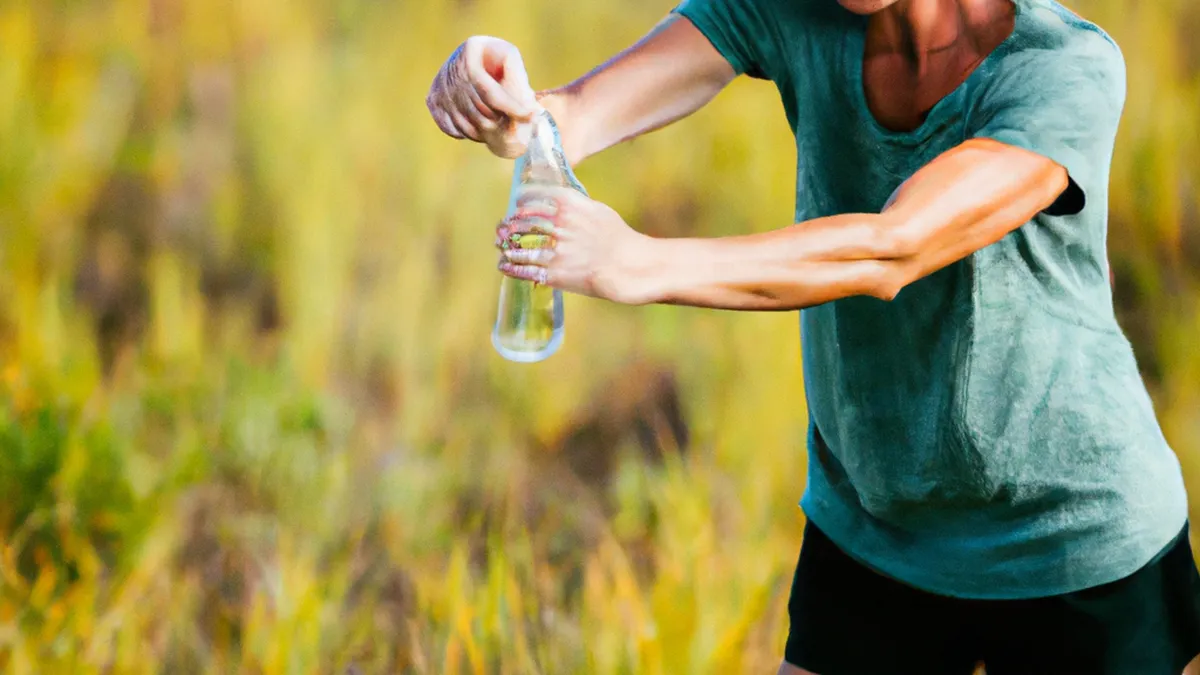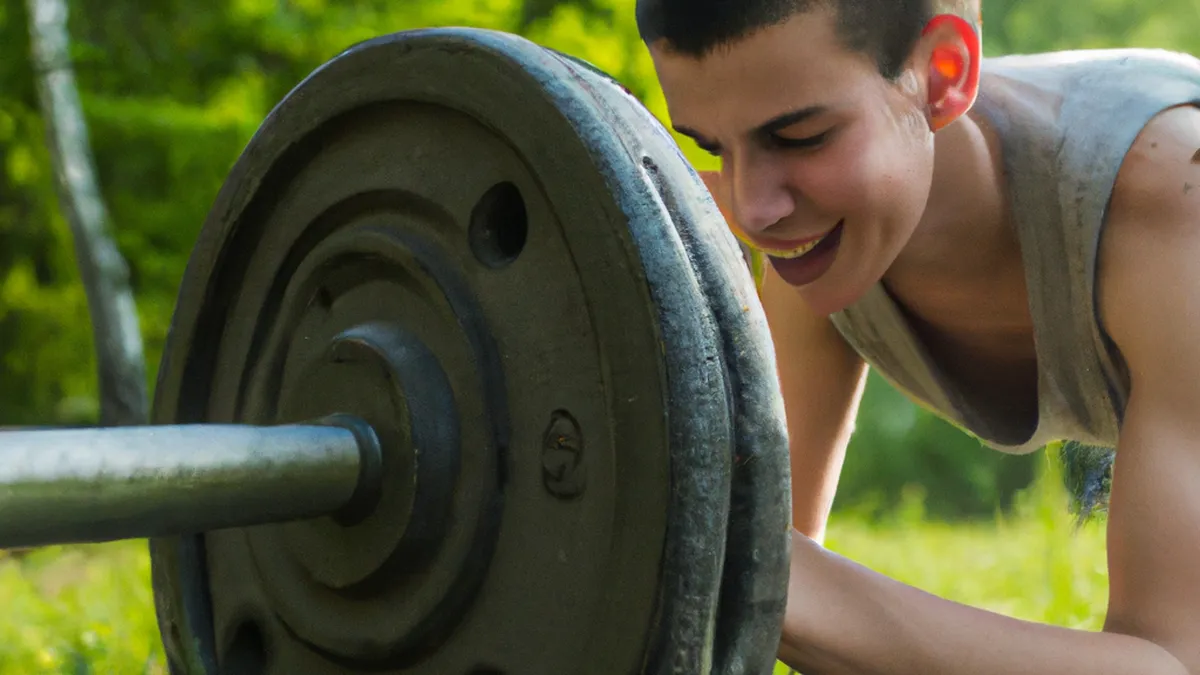Refreshing Ways to Hydrate While Training Outdoors
Hydration Strategies for Hot Weather Training
As an Amazon Associate I earn from qualifying purchases.
Gear tip: consider protein powder, shaker bottle and electrolyte mix to support this workout.
Training in hot weather presents both excitement and challenges. Rising temperatures increase your risk of dehydration, affecting your performance and well-being. This blog explores effective hydration strategies for safe training in the heat.
Understanding Hydration Needs
Hydration is crucial, especially during hot weather training. Your body loses water through sweat, and increased exercise raises your heart rate and perspiration. Replenish lost fluids to maintain performance and prevent heat-related illnesses.
Your water needs depend on factors like body weight, workout intensity, temperature, and humidity. A general guideline suggests drinking half your body weight in ounces daily. In hot conditions, increase your fluid intake significantly.
Pre-Training Hydration
Begin hydrating before your workout. Drink at least 16 to 20 ounces of water about two hours prior. This timing allows your body to absorb fluids effectively.
Incorporate electrolyte beverages into your pre-training routine. Sodium and potassium, lost through sweat, support muscle function and hydration. Sports drinks can replenish these minerals and enhance performance.
Timing Matters
Hydration timing is essential. Drink smaller amounts of water consistently throughout the day. This method maintains optimal hydration levels without overwhelming your system. Monitor your hydration status by observing urine color. Aim for pale yellow; dark yellow indicates you need more fluids.
Hydration During Training
Maintain a steady fluid intake during training sessions. Drink water or an electrolyte beverage every 15 to 20 minutes. This regular intake replaces fluids lost through sweat and supports optimal body function.
If training lasts longer than an hour, switch to a sports drink with carbohydrates. These drinks hydrate and boost energy, sustaining your performance over time.
Find a Routine
Create a hydration routine tailored to your training. Carry a water bottle or hydration pack for easy access to fluids. This is especially important during outdoor sessions where water sources may be scarce. If running or cycling, plan routes with water stops to stay hydrated.
Post-Training Hydration
After training, replenish lost fluids. Drink water or an electrolyte beverage to aid recovery.
Conclusion
Stay hydrated during hot weather training. Follow these strategies to enhance your performance and well-being.
Below are related products based on this post:
FAQ
What are the key factors that influence hydration needs during hot weather training?
Your hydration needs during hot weather training are influenced by several factors, including your body weight, the intensity of your workout, temperature, and humidity levels. A general guideline suggests drinking half of your body weight in ounces daily, with an increase in fluid intake during hot conditions.
How can I effectively hydrate before my training sessions?
To effectively hydrate before training, aim to drink at least 16 to 20 ounces of water about two hours prior to your workout. Additionally, incorporating electrolyte beverages can help replenish sodium and potassium lost through sweat, supporting muscle function and enhancing performance.
What should I do to stay hydrated during and after my training?
During training, maintain a steady fluid intake by drinking water or an electrolyte beverage every 15 to 20 minutes. If your training lasts longer than an hour, consider switching to a sports drink that contains carbohydrates for both hydration and energy. After training, be sure to replenish lost fluids by drinking water or an electrolyte beverage to aid in recovery.















Post Comment